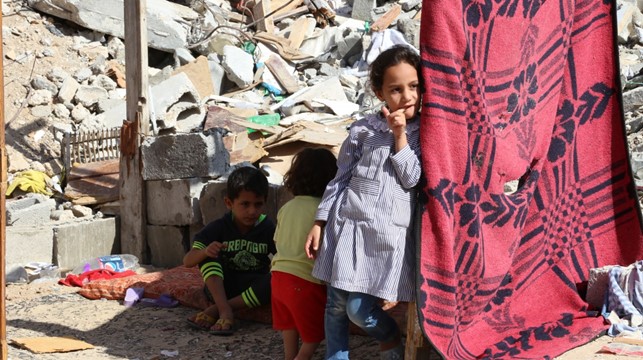
Polio returns to threaten: the Gaza challenge
An outbreak of polio triggers global alarms, jeopardising progress in eradicating the disease
Polio, a viral infectious disease that can cause irreversible paralysis, has long been considered one of humanity’s most feared. Thanks to the massive vaccination campaigns of the 1950s and 1960s, it was possible to significantly contain its spread, so much so that it could be completely eradicated. However, as the recent outbreak in Gaza demonstrates, the virus continues to pose a threat to global public health.
The causes of recurrence
Several factors contributed to the re-emergence of polio in Gaza:
- Armed conflict: The continuing fighting has severely damaged health infrastructures, making it difficult to administer vaccines and monitor the spread of the disease
- Humanitarian crisis: Lack of drinking water and poor hygiene conditions have facilitated the transmission of the virus through contaminated water and food
- Population mobility: Internal displacement has facilitated the spread of the virus outside the initially affected areas.
The challenge of vaccination
Vaccination is the most effective weapon against polio. However, conducting a vaccination campaign in a conflict context is extremely complex. Health care workers face a number of obstacles:
- Safety of personnel: The risk of attacks and difficulty in reaching certain areas make the administration of vaccines dangerous.
- Public mistrust: Distrust of authorities and the dissemination of false information can hinder adherence to vaccination
- Logistics: The distribution of vaccines and the maintenance of the cold chain require complex and expensive logistics
The global consequences
The re-emergence of polio in Gaza poses a threat not only to the local population, but to the entire planet. The virus can spread rapidly through travel and put at risk progress made in eradicating the disease in other regions of the world.
A global response
Continued and coordinated global efforts are needed to eradicate polio. More economic resources, better cooperation between countries and greater attention to the needs of the most vulnerable countries are needed. It is also essential to continue investing in research and development of new tools for disease prevention and control.


